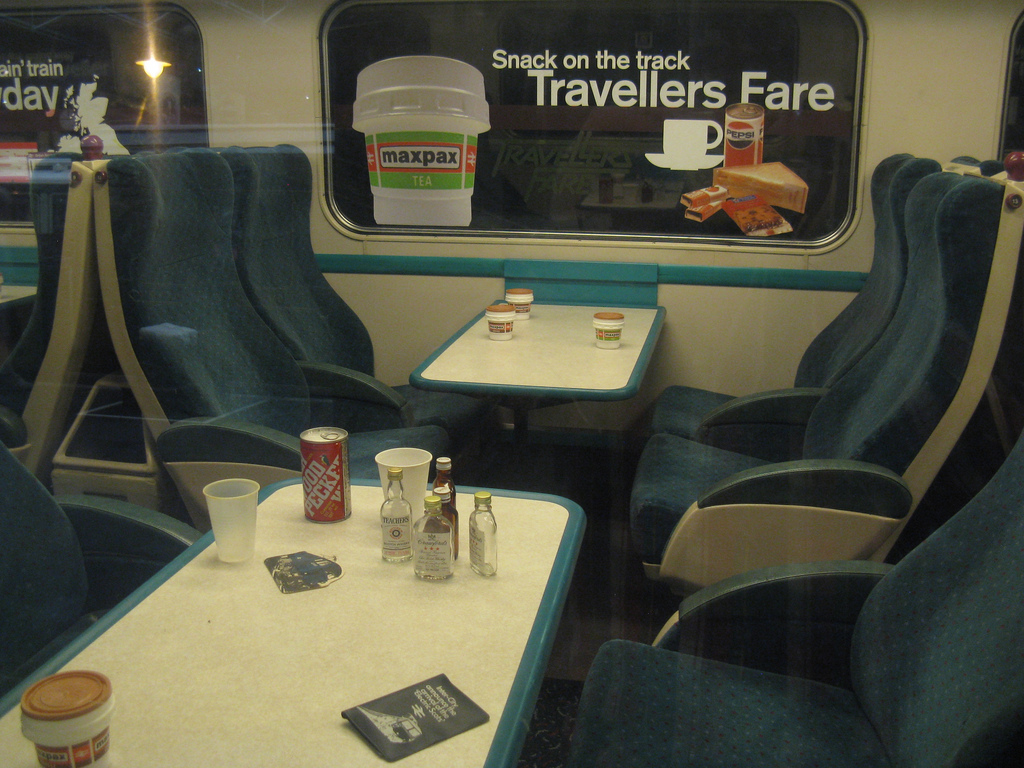caravanman
Engineer
Hi,
Interesting item on HST, including talk by the designer!
http://www.bbc.co.uk/news/video_and_audio/headlines/36188805
I would have imagined it was created by a technical team of rail experts, I wonder how much input the designer had?
Ed.
Interesting item on HST, including talk by the designer!
http://www.bbc.co.uk/news/video_and_audio/headlines/36188805
I would have imagined it was created by a technical team of rail experts, I wonder how much input the designer had?
Ed.




























































